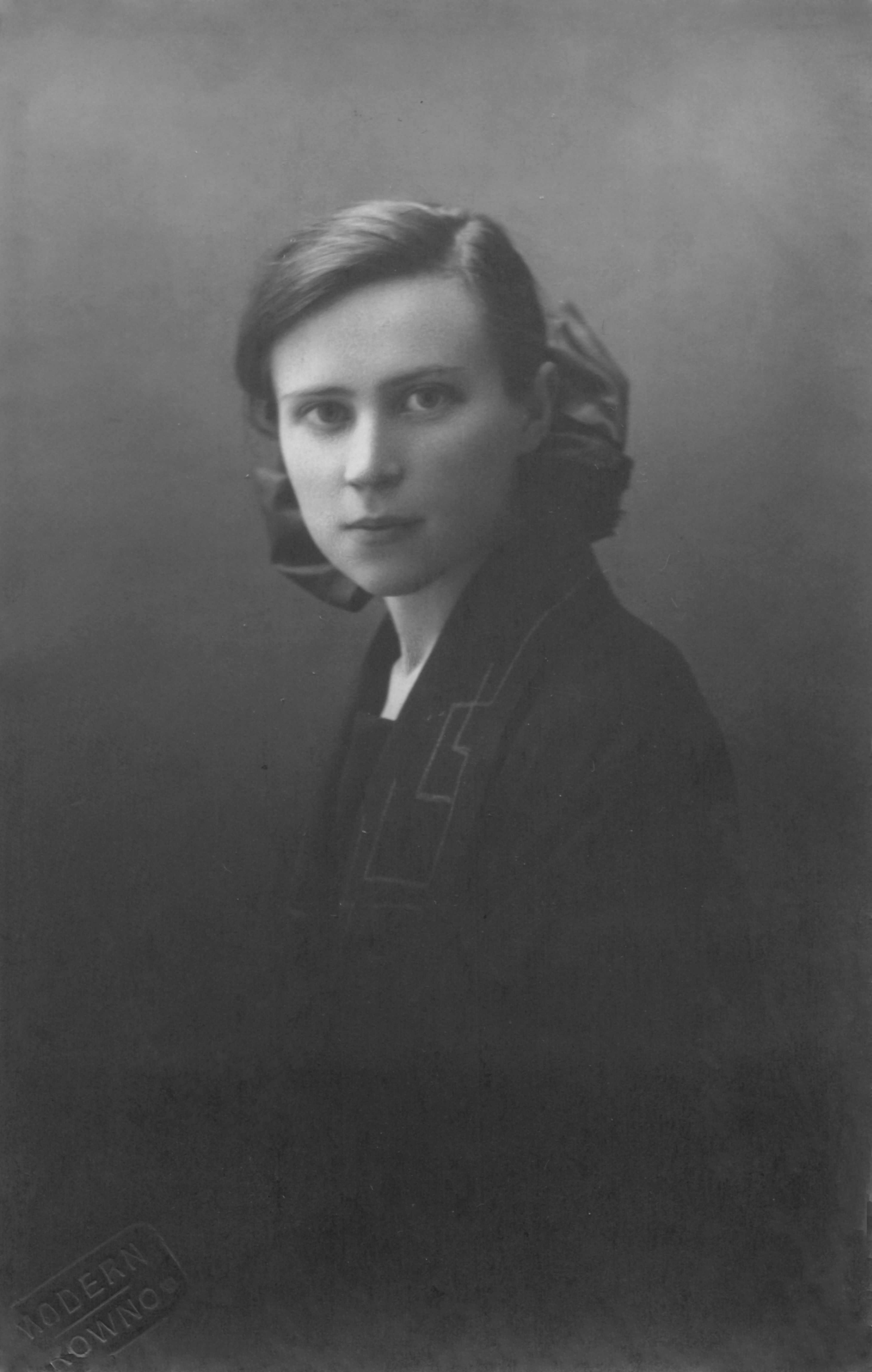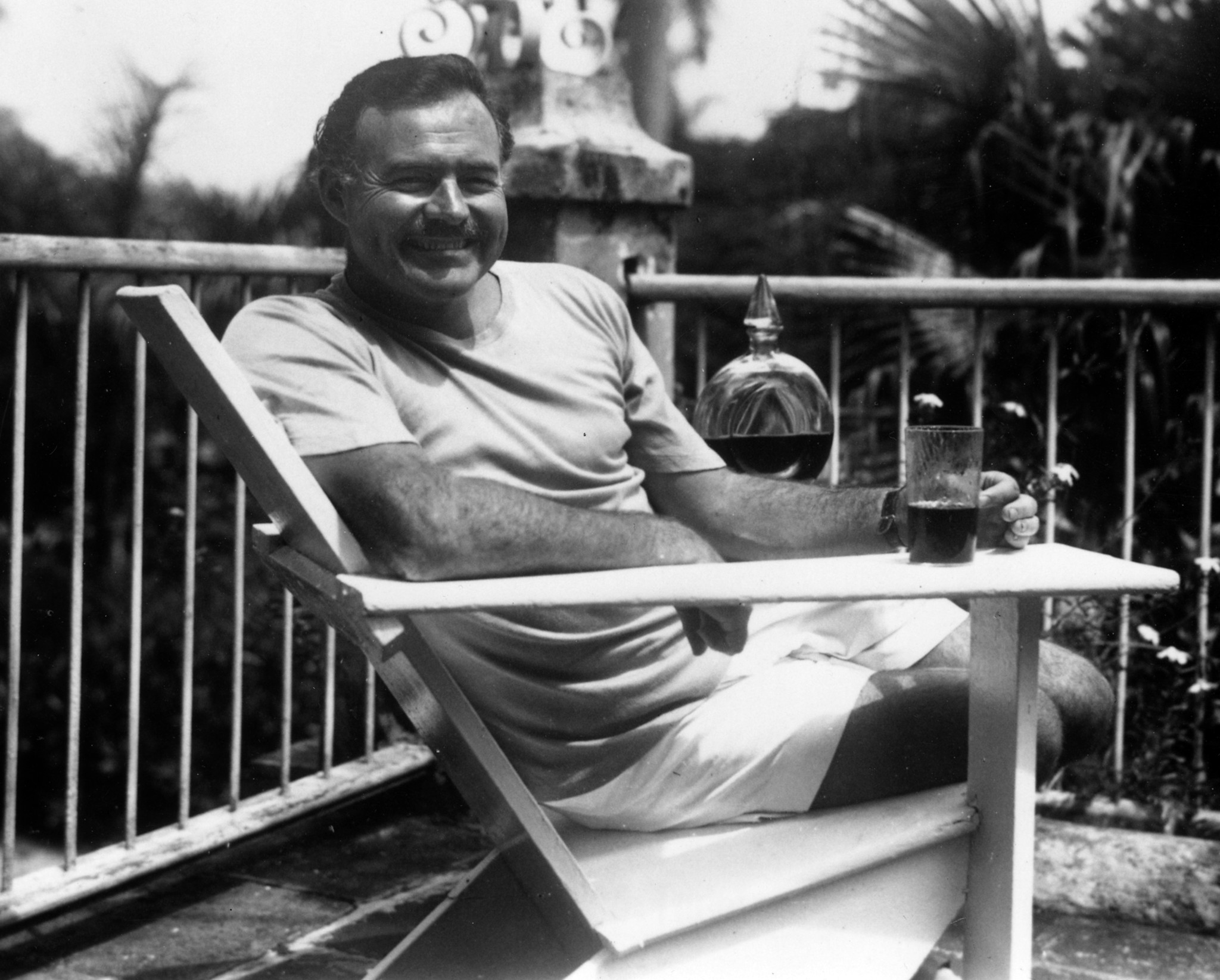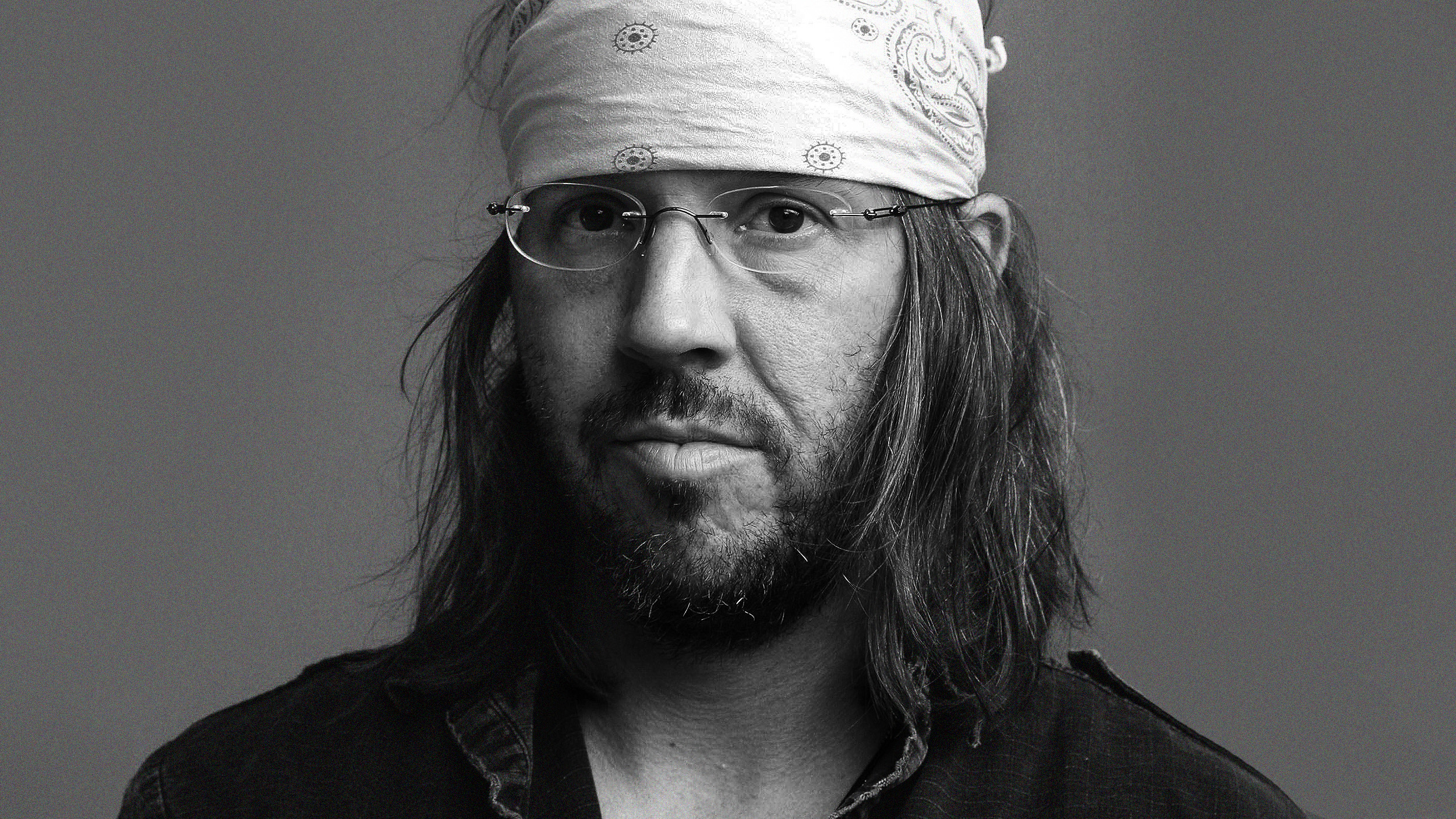Tap into the “Hemingway effect” to finish what you start

- In 1934, Arnold Samuelson lived with his literary hero, Ernest Hemingway, for a year.
- Hemingway taught Samuelson to stop projects at “an interesting place” and when “you know what’s going to happen next.”
- Psychology helps explain why this strategy motivates us to complete tasks and how we can use it to improve our work-lives.
In 1934, aspiring writer Arnold Samuelson set out to meet his literary hero, Ernest Hemingway. His plan was, to put it mildly, ramshackle. Without so much as an introductory letter, the young man hitch-hiked his way from Minnesota to Key West hoping that the famed author would spare him a moment to discuss the writing craft.
“It seemed a damn fool thing to do,” Samuelson said, “but a twenty-two-year-old tramp during the Great Depression didn’t have to have much reason for what he did.”
He got more than a moment. Samuelson stayed with Hemingway for a year, and during that time, the author made him a spur-of-the-moment protégé, teaching Samuelson all about writing and the good life. Samuelson’s record of the experience was discovered by his daughter after his death, and she had it published as a book, With Hemingway: A Year in Key West and Cuba (1984).
In addition to completing Samuelson’s education with a list of must-read books — a collection worthy of anyone’s summer — Hemingway shared his strategies for finishing work and getting the words right. One of those strategies has since become known as the “Hemingway effect.”
In Hemingway’s words: “The main thing is to know when to stop. […] When you’re still going good and you come to an interesting place and you know what’s going to happen next, that’s the time to stop. Then leave it alone and don’t think about it; let your subconscious mind do the work.”
In an era of “ultra hardcore” work cultures and everyone trying to be more productive with less time, that advice may seem like it belongs in a bygone era. Surely, Hemingway was merely hunting for an excuse to check out and enjoy a daiquiri near the warm, turquoise waters — an excuse his young protégé was too naive to recognize for what it was.
It turns out that Hemingway’s advice was spot on. His technique can help us work more efficiently, produce better outcomes, and finish what we start. And it does so by tapping into some underappreciated aspects of human psychology.
Learning from waiters and a Russian heiress
That psychology would first be recognized far from Key West, though. In an Eastern European restaurant in the 1920s, the experimental psychologist Bluma Zeigarnik was having a meal with her supervisor, Kurt Lewin, when she noticed that the waiters had exceptional memories. Without writing anything down, they could recall who ordered what meal and bring it to the proper table. However, when she followed up with them, she realized the information evaporated once the diners left. The waiters couldn’t remember who ordered what or where.
This sparked Zeigarnik’s curiosity, and she conducted experiments on the relationship between tasks and memory. She discovered that unfinished tasks created psychological tension within us, and this tension causes us to remember information associated with these tasks. Even if a task is interrupted or we stop voluntarily, the tension remains, and the information will likely stay vivid.
Conversely, finishing tasks eases this tension because, well, they’re done. As a result, our memories have less use for the information, and we are more likely to let it go. This phenomenon became known as the “Zeigarnik effect.”

This finding then caught the attention of Zeigarnik’s colleague Maria Arsenjevna Rickers-Ovsiankina — a name that reads like it belongs to a Russian heiress because it actually did. Born to a wealthy Russian family, Ovsiankina fled to Germany, partly to escape persecution in the post-October Revolution social climate and partly to study psychology, where she too fell into Lewin’s orbit as one of his students.
Performing her own experiments, Ovsiankina discovered another wrinkle in our task-oriented psychology. She found that unfinished tasks intruded on our thoughts, urging us to complete them, and this urge is also far stronger for unfinished tasks than tasks we haven’t started in the first place. This became known as the “Ovsiankina effect.”
As the science writer Hannah Rose observed: “Ovsiankina therefore showed that even if you know you don’t have time to complete something all at once, it may still be worth making a start. Once a project is underway, your dedication to completing it will increase.”
More modern research has backed up these centennial discoveries. Research published in the International Journal of Environmental Research and Public Health looked at workers with unfinished tasks on Friday afternoon. They found that unfinished tasks weighed on workers’ minds and stopped them from switching off during their leisure hours. However, progress on those tasks during the weekend was associated with reduced uncertainty, improved confidence, and freed up mental resources.
“In this sense, our results suggest that, in working life in the 21st century, the implications of the Zeigarnik effect and the Ovsiankina effect may be more topical than ever,” the study’s researchers, Oliver Weiglet and Christine Syrek, write.
Why the Hemingway effect works
Unlike Hemingway, Zeigarnik and Ovsiankina weren’t offering productivity advice. They were interested in how the mind works, and their respective effects reveal some facets of its relationship with our daily tasks. We also have no way of knowing whether Hemingway was inspired by Zeigarnik or Ovsiankina’s work — though, given the reading list he handed young Samuelson, he seemed more of a fiction guy.
Even so, Hemingway’s advice harnesses these psychological phenomena and molds them into a helpful productivity tool. His strategic inclusion: “[When you] come to an interesting place and you know what’s going to happen next, that’s the time to stop.”
Because Hemingway left his work at an interesting moment, it became easier to return to his typewriter the next day. Think of it like a TV show cliffhanger. If you are interested in the story, you’re more likely to return to the show next season. Hemingway essentially incorporated self-made cliffhangers into his productivity schedule to maintain his desire to see things through.

Because he knew what would happen next, he could start immediately. Sitting around and wondering what to do, especially at the beginning of the day, makes it more likely that other, less critical tasks will distract our attention. No doubt Hemingway encountered these diversions like everyone else, but by building up his momentum earlier, he made it easier to push through.
Research backs up the Hemingway effect, too. In a paper published in Thinking Skills and Creativity, researchers interrupted students as they performed various writing tasks. In one study, they had students copy text from a newspaper. In another, the students were asked to perform short writing assignments.
The combined results of the studies suggested that the Hemingway effect spurs motivation when a person can “adequately gauge what more needs to be done to complete an unfinished task.” A potential reason for this, the researchers note, is that such conditions increase our expectation that our work will eventually lead to success.
Rest in the afternoon
It’s worth noting that these effects do have their darker sides. The study looking at the Zeigarnik and Ovsiankina effects found that the psychological tension surrounding unfinished tasks can make it difficult to detach and recover. Similarly, the study looking at the Hemingway effect found it worked better with structured tasks and interruptions than unstructured ones. And for certain people, unfinished tasks will be less a source of motivation than a consistent hum of anxiety, self-doubt, and intrusive thoughts.
As with any mental tool, it’s not an absolute rule. It’s about employing it in a way that complements your strengths.
One effective strategy is simply to start. Even if you can only dedicate a half hour to an important task, if you manage to stop at an interesting point where you know what to do next, you’re more likely to return to finish the project. If you procrastinate until the eleventh hour, you’ll likely overreach and risk burnout and stress.
“Never pump yourself dry. Leave a little for the next day.”
Ernest Hemingway
Another strategy is to remember that not all interruptions are created equal. An unceasing parade of interruptions from coworkers, online notifications, and life’s little chores certainly creates psychological tension, but these derail motivation. You want to incorporate structured breaks that leave you feeling closer to finishing the project, build your confidence through progress, and present a clear path about what to do next.
Next, use the Hemingway effect to help you detach from work. Suppose you have an unfinished project on Friday afternoon. In that case, you don’t want to ignore it and let the stress interrupt your ability to relax. You also may not want to finish it as a time-consuming project will compromise your rest. Instead, work just enough to progress the project while still leaving plenty of leisure hours.
Research shows that this strategy reduces feelings of uncertainty, improves confidence, and helps people relax, which gives them the confidence to finish come Monday.
Finally, don’t feel guilty taking breaks or stopping the day’s work before you’re exhausted. “Never pump yourself dry,” Hemingway warned a young Samuelson. “Leave a little for the next day.”
Don’t misunderstand: Hemingway valued his work and dedicated himself to his craft. His stories’ heroes embody loyalty, hard work, and an action-oriented mindset. But the reality is that work is never truly finished. There is always another project to start, another email to send, another meeting to prepare, another story to write. Do that work, but never at the expense of your wellness or ability to live life to the fullest.
As Hemingway wrote: “I still need some more healthy rest in order to work at my best. My health is the main capital I have and I want to administer it intelligently.”





